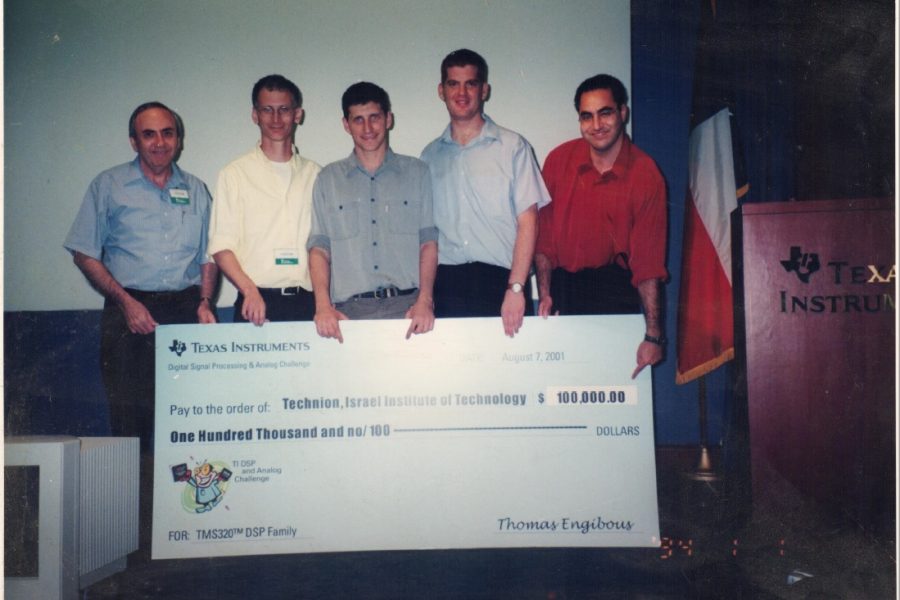
 Project Details
Project DetailsRecent development in the field of digital media raises the issue of copyright protection. Digital watermarking offers a solution to copyright violation problems. The watermark is a signature, embedded within the data of the original signal, which in addition to being inaudible to the human ear, should also be statistically undetectable, and resistant to any attempts to remove it. In addition, the watermark should be able to resolve multiple ownership claims (known as the deadlock problem), which is achieved by using the original signal (i.e., the unsigned signal) in the signature detection process.
In order to meet the above demands, a frequency-masking scheme using a psycho-acoustic model is used to ensure a maximal, yet inaudible, additive signature. The algorithm description is as follows: The audio signal is divided into segments. For each segment a local key is calculated and summed-up with an owners key (independent of the segment) to initiate a pseudo-random noise sequence for the segment. The noise is colored by a filter, which is calculated according to the psycho-acoustic model. The original signal is watermarked by adding the colored noise to it.
The project described hereafter contains MatlabTM simulation, a GUI C++ application (insertion & detection) and a real-time embedding scheme on the Texas Instruments TMS320C5410 DSP, using Spectrum Digital XDS510 EVM. The host-target communication was based on the JTAG connection, which caused a bottleneck for data transfer. In order to match real-time data transfer requirements the TIGER 5410/PC supporting Host-Port-Interface (using PC-ISA bus) is used.
The system supports the following modes:
Off-line mode: a file located in the host-PC is watermarked to create a new one. This is done using DSP target board in order to improve embedding time.
Digital playback mode: an unsigned file located in the host-PC is delivered to the target board, watermarked and played via the boards D/A converter to the speaker.
Live mode: a sound is sampled, watermarked and played through a speaker. In the same time, the original samples are stored in the host-PC in order to support future ownership claims.

